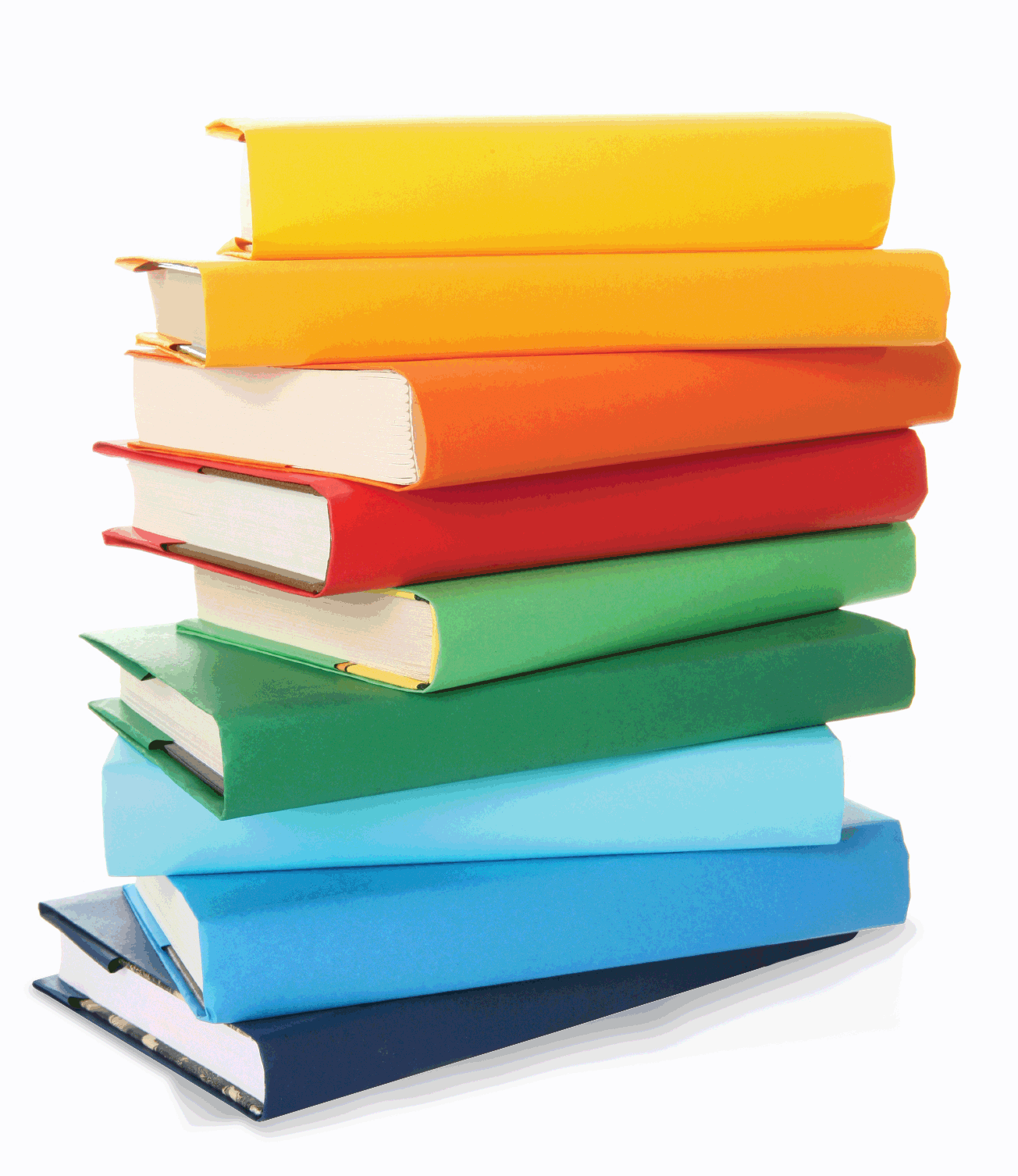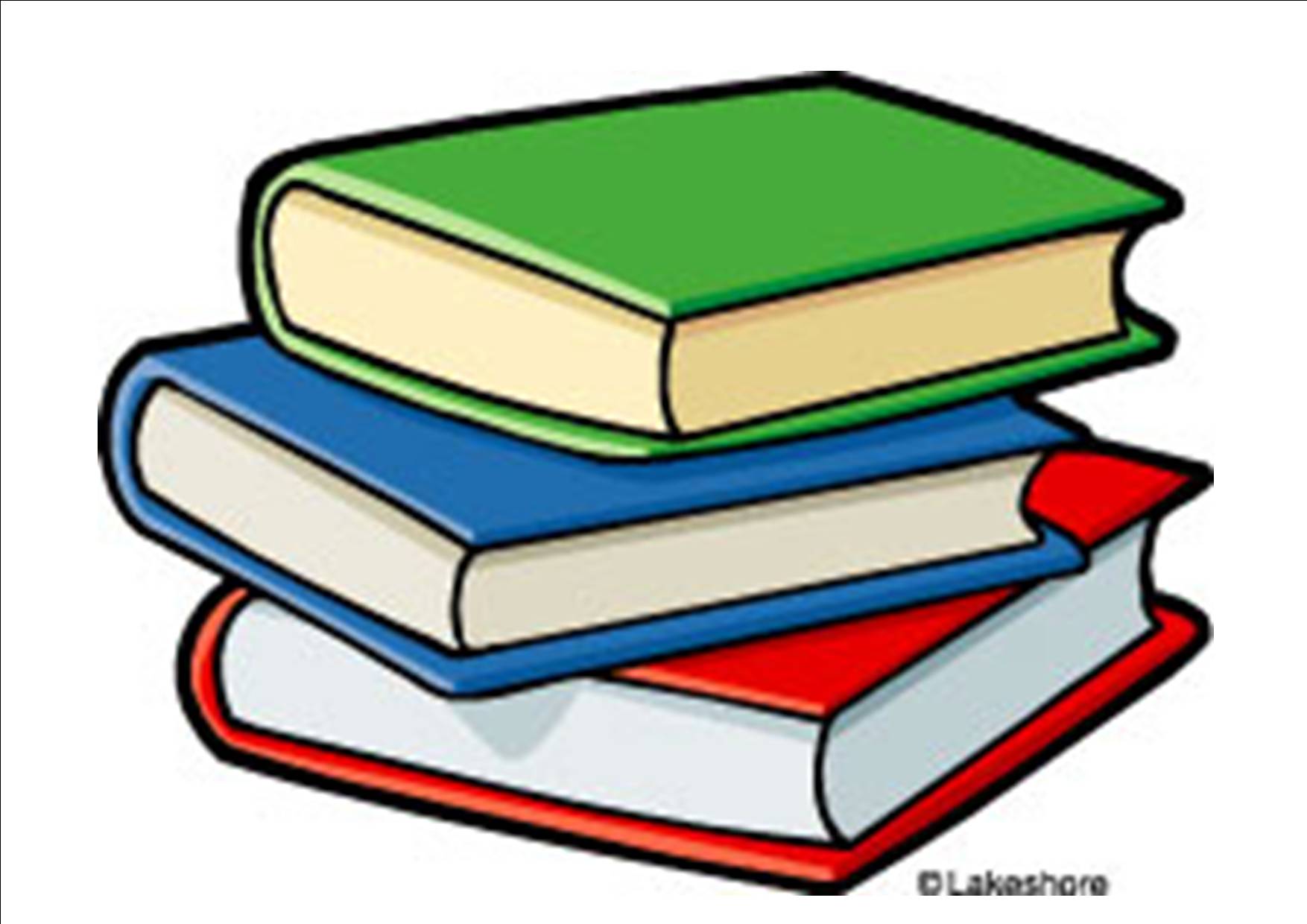Picture book
The picture book is a genus of children's literature. The definition and history of the picture book are closely connected with the changing social ideas. Originally the word for each book, which was equipped with illustrations used. Nowadays, generally refers to a specially designed for children who can not read or are in the early reading age, designed book. The pictures make it a leading role, although a close correlation between image and text is. The picture books usually have a small amount (generally up to 30 pages ) and occur in all formats. The large-format book is the most commonly used form. The age taking into account, the picture book often made of cardboard, tear-resistant paper or from film.
History
Precursor
As a precursor of the picture book reading primers, ABC books, fables and nonfiction apply. The fibulae and ABC books won from the 16th century in importance, as it the alphabet brought closer to children in a clear way by the individual letters were assigned to corresponding illustrations of animals, people and objects. Examples are eg the " Picture ABC with some Lesübungen, memorial sayings and prayer poems for children" ( 1788) and the " New images -ABC or German Reader for Youth " (1795 ).
The fables gave forth its short little text, so that spending on children were often enriched with many illustrations. In this way, they've got the modern picture book very close.
1658 brought the theologian Johann Amos Comenius his elementary work " Orbis pictus sensualium " out. This photo - fiction book should children with their first access to knowledge gain, taking into account age-specific learning conditions that took to heart the principle from the simple to complex, from the known to the unknown.
An early highlight in the field of non-fiction books marked the publication by Friedrich Justin Bertuch " picture book for children ". The 12 -volume work was published in 1792-1830 and contained more than 6000 illustrations. In the following time emerged a number, provided with ample illustrations, nonfiction.
19th century
The actual picture book, in which the image accounted for the majority, the policy moved a little in the background and for the nature of the child was important, was only developed in the 19th century. By 1830, the picture book was significantly influenced by the late Romantic and illustrated, in accordance with the romantic state of mind, mostly folk songs, nursery rhymes, fairy tales and traditional epic stories such as Till Eulenspiegel, Reynard the Fox, Munchausen, but also Robinson Crusoe. Well-known illustrators of this period are Ludwig Richter, Franz Graf von Pocci, Wilhelm von Kaulbach, Moritz von Schwind, Peter Carl Geissler, Fedor Flinzer and others.
In 1845, the revolution created by the Frankfurt doctor Heinrich Hoffmann Struwwelpeter, the first picture book that turned specifically to infants appeared. The book was created as a kind of last resort, as Hoffmann had found in search of a Christmas present for his son anything suitable. The range of children's books he considered to be moral and instructive. In his stories he transformed experiences that came entirely from the child's environment and a simple order of good and evil followed. He certainly met the taste of children and parents alike as the great sales success confirmed. A similar success was the picture stories of Wilhelm Busch of Max and Moritz ( 1865).
Around the turn of the century German picture books have been shaped by the influences of art nouveau and art education movement. The art education movement has brought about an altered image of childhood with new pedagogical and psychological knowledge, which in the work of picture book artists had some influence. Well-known illustrators of Art Nouveau were the Swiss Ernst Kreidolf, Konrad Ferdinand Edmund of Freyhold, Tom Seidmann - Freud. The art education movement were closer Else Wenz - Viëtor, Fritz Koch -Gotha and Gertrud Caspari with their ideal world performances of the 1920s.
A central aspect in the debate with picture books played ( and plays ) the term " child conformity of ". Beginning of the 20th century some of the art historian Konrad Lange child contemporary picture book art: including clear outlines, calm colors, not to bright contrasts, primary colors; not broken forms, the General and Typical; no complicated foreshortening but areally, decorative style; simplified stylized forms. Thus, the traditional forms of picture book illustration uniqueness of the characters, manageable space and separation between fantasy and reality. This historical concept of childlike is today rejected by the picture book research as a guide for modern picture books, since the knowledge of the child's picture book reception is poor.
Presence
Today's picture book has to deal with a variety of themes and styles and is involved in a rapidly evolving and rapidly changing culture through television, film and computer. This also means that more and more adults discover the picture book for themselves and the market reacts accordingly. Increasingly, picture books are designed in terms of size, features, scope and theme complex and demanding. It is increasingly common also to international co-productions larger publishers, that enrich the range of artistically valuable and trivial picture books.
The modern picture book ( approximately since the 1980s ) can be divided into four sub-categories: narrative picture book, fairy tale picture book, non-fiction picture book and game picture book. Furthermore, the following picture styles can be distinguished: Graphic style (drawing, line), picturesque style ( colored area ), Caricature (reduction, sharpening, exaggeration ) Photorealism ( high illusion degrees), abstraction (non- figurative ), collage (cut, torn papers ). Image and text can be linked to each other in three ways: text and image run in parallel; Image and text behave contrapuntal; Image history and text tell the story each on its own, but there are intertwined.
Examples of different styles and image techniques:
- Picturesque style: Lieselotte Black: The dream maker, Susanne Janssen: Little Red Riding Hood
- Collage: Wolf Erlbruch: At night, Leo Lionni: Frederick
- Surrealist style: Anthony Browne: Voices in the Park
- Realistic picture style: Roberto Innocenti: Pink White, Jörg Müller: Rise of the Animals or New Town Musicians
- Drawing ( Art) and (photography): Cheryl Chapman: Dracko Dragon-Eater,
- Drawing ( Art): Jutta Bauer: Opas Engel, Michèle Lemieux: Gewitternacht
The terms of the book market, the picture book is now limited in aesthetic, educational and book design aspects: the text must not dominate the picture, 30 pages should not be substantially exceeded; linear narrative, separation of factual information and fiction as well as avoiding mixing of literary, media and artistic categories (eg, narrative- descriptive ) are observed.
Festivals and Fairs
The most important international trade fair for picture books is the annual Bologna Children's Book Fair. In Germany, especially since 2001, the children 's and youth program of the international literature festival berlin is an important forum for illustrators of picture books.
Special shapes
In addition to classic picture books made of paper or cardboard come today which include the following forms:
- Bath books are made of plastic and water resistant.
- Fädelbücher included with holes provided graphics that can be " supplemented " by swiping a string.
- Feel books contain in addition to traditional graphic elements and haptic elements to touch and feel, such as faux fur or sandpaper.
- Tactile illustrated books especially aimed at blind children, but are sometimes equally usable for sighted children.
- Peephole - picture books contain holes for the shows.
- Coloring books contain colorless contour graphics that can imagine a user.
- Pop -up books included glued paper elements that unfold into a three dimensional object when the page opens.
- Puzzle books contain removable puzzle.
- Lift -the- flap books contain glued cardboard or paper flaps, behind where readers can discover additional illustrations.
- Book- and- Record sets are picture books that come with a CD or audio cassette, on which the text of the book is read.
- Sticker books (English sticker album), contain labeled areas in which (usually supplied ) stickers to be glued.
- Sound books contain buttons or a beige taped placket with buttons that match sounds and music can be downloaded to the story.
Authors and illustrators
- Rotraut Susanne Berner: Winter Wimmelbuch, (2003)
- Eric Carle: The Very Hungry Caterpillar ( 1969)
- Chen Chih -Yuan Gui Gui, the small Entodil (2008), A Stroll - A picture book from Taiwan ( 2010)
- Chen Jiang Hong: Han Gan and the Wonder Horse (2004), An grandfather's Hand (2009)
- Iwona Chmielewska: Blumkas Diary - Life in Janusz Korczak's orphanage (2011)
- Gabriela Cichowska: Fantje (2010), Miss Esther's last performance (2012 )
- Kitty Crowther: The visit of the little death (2011), The little man and God (2012 )
- Enzo: A year students in 34 class A
- Wolf Erlbruch: the Little Mole who wanted to know who made it on the head (1989 )
- Janosch: Oh, how beautiful is Panama (1978 )
- Kim Dong -sung: When is Mama - A picture book from Korea (2007)
- Leo Lionni: Swimmy, (1964 )
- Ali Mitgutsch: All around in my town (1968 )
- Axel Scheffler: The Gruffalo
- Sven Nordqvist: Pettersson and Findus, (1984-2002)
- Kathrin Schärer: Johanna in train (2009)
- Maurice Sendak: Where the Wild Things Are ( 1963)
- Seyyed Ali Shodjaie: The Great Snowman - A picture book from Iran (2013 )
- Bhajju Shyam: The Secret of the Trees ( 2009)
- Józef Wilkon: Tallula - Queen of the Night (2012 )









